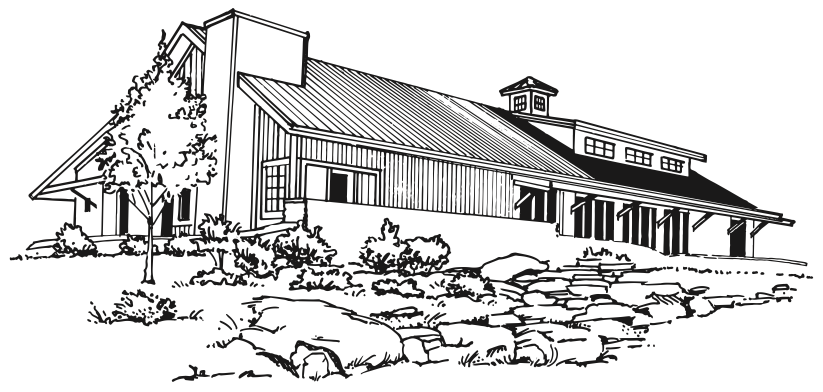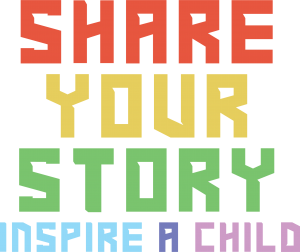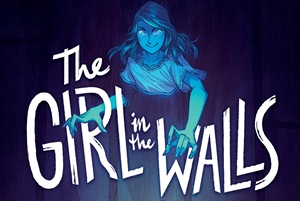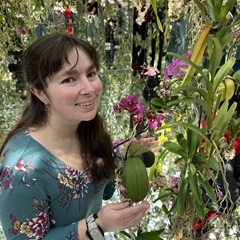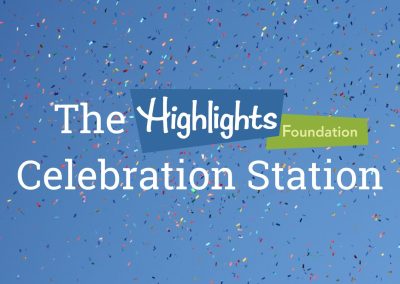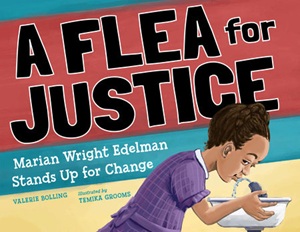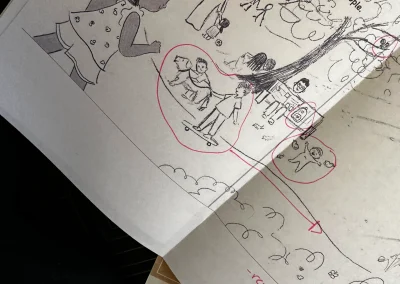We’re welcoming author Meg Eden Kuyatt to the blog today, to celebrate the publication of The Girl in the Walls! Meg is on our faculty for several verse novel workshops this year. We’re happy to celebrate the Book Birthday of her latest novel in verse!
How are you feeling about publication of this book?
Excited! Nervous! Having a second middle grade book out is scary because I’m worried people will compare it to my first MG book and not like it as much. There are also very personal aspects to this book that I worry people will reject. But also I’ve heard so much encouragement from early reads and am excited and hopeful it’ll connect with readers!
Describe how the idea for the book came to you. What was your process for getting it on the page?
I tend to start my stories in a feeling. This one started when I saw something very upsetting happen to someone I cared about. I tried to write about it directly, but when that didn’t work and felt a little too real, I knew I needed to try another angle (like Emily Dickinson, to tell it slant). I started asking what if questions, like: what if V could time travel? What if she met a ghost? The ghost helped bring this magic wonderland world of the walls, giving me distance. It also gave me an outlet for me to process all my feelings, giving an option for what I could be like if I held onto them forever and didn’t try to work through them. That warning made me really want to work through my feelings all the more and find healing on the other end.
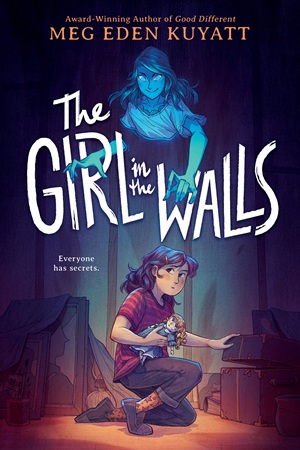
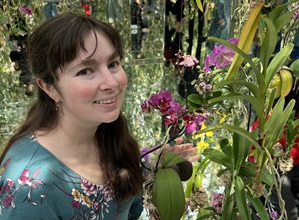
Do you have a favorite moment or scene in the book?
I really love all the parts with assemblage, and the metaphor V finds that you can take this stuff people think of as trash and make it into something beautiful and strange, something that’s art. Life is a kind of assemblage—we have all these disparate parts, and we can try to create something beautiful and useful and good out of it.
What do you hope kids will take away from your book?
I hope to challenge all of us—kids and adults alike—to consider these people who have simultaneously hurt and loved us, and make room for their messiness. To ask questions of why they do what they do, and what their origin story might be. This isn’t in any way to excuse unacceptable behavior, but to create some room for empathy and understanding for people who do things that don’t always make sense to us, especially those who came before us. Ultimately, I hope it invites all of us to listen more to one another, to ask more questions, and be people of empathy who seek restoration and community whenever possible. Particularly for kids, I want to make room to say, you are not alone if you have these messy people in your family lives. You are allowed to have messy feelings.
What was the most challenging part of writing this book? How did you overcome that?
Figuring out the initial narrative, the beginning middle and end is usually the hardest part. For this book, it also took a lot of rewrites with my patient and kind editor. I’m not sure how I got through it except by God’s grace, to be honest! Each book humbles me with its own new challenges. Sometimes, you have to push through. Sometimes you have to take breaks. This book challenged me with both!
Were there any surprises along the way – things that changed from your original idea as you wrote?
There’s always surprises, but I think here was just how hard it was to write and get right. I felt like I had a “plot” from the get-go and was so chuffed—I’m so bad at plot, so I thuoght, hey, I have a ghost-girl doing pranks! This is great! Only for my editor to ask what they’re actually doing, and to make it less interior of the ghost and her just talking. Of course! So I realized just because you have a concept for action doesn’t mean you actually have the action on the page yet, and that surprised me how hard it was, to externalize all the emotions.
Can you talk about your journey as a writer and how the Highlights Foundation played a part in it?
I’m indebted to Highlights for where I am today—especially Alison Green Myers, who has been so kind to include me, and Laura Shovan, who invited me to my first retreat! It all started with a partial scholarship, which let me take an incredible course with Sarah Aronson on getting to know my novel and characters. That experience encouraged me to continue going to Highlights, and now I try to do a personal retreat each fall when I can. While I had been writing for quite a while, that was a turning point in my career. Sarah encouraged me to do something different, which led me to fall into drafting my first middle grade novel in verse GOOD DIFFERENT. I still hear her voice in my ears whenever I’m trying new project ideas, telling me to play! To try something new! To spend it all, and not hold anything back!
Specifically for THE GIRL IN THE WALLS, I worked on the proposal outline during one personal retreat, and revisions from my editor at another workshop with Erin Entrada Kelly and an additional retreat on campus. The time on campus to work on it was so valuable, as well as the fellowship with other writers.
I had been writing for a long time, publishing with small presses and working with agents but not really going anywhere, but I really see a difference of before and after highlights for my career. It wasn’t long after that first course and retreat that I got into PitchWars, signed with my current agent, and sold my first book to Scholastic!
What’s one piece of advice you’d give to aspiring writers, especially those working on their first book?
My go-to advice is to persist, read, and always be willing to learn. Try new things. Take courses in writing—or a different art—that you’ve never tried. Whatever we learn will give us tools in our toolbox. Also, a spirit of humility and doing this because you love it. All these things will aid you in the long run, because a writing career is not a sprint; it’s a marathon. Despite the impression social media gives, it’s almost never an overnight process. Nothing worth doing is easy.
What’s next for you? Are you already working on another project?
I’m so excited to have a GOOD DIFFERENT companion novel in the works, and a YA with two autistic leads (that I’ve been working on for over ten years now, so it’s such a joy to know it’s coming out into the world)! I also have some other projects I’m drafting and exploring, which I hope I’ll have good news on in the future!
Being undiagnosed for most of my life, I’m really enjoying exploring what it means to be autistic and how to be a healthy autistic person in a neurotypical, often ableist world. So we’ll see where that leads me as I play with future ideas!
